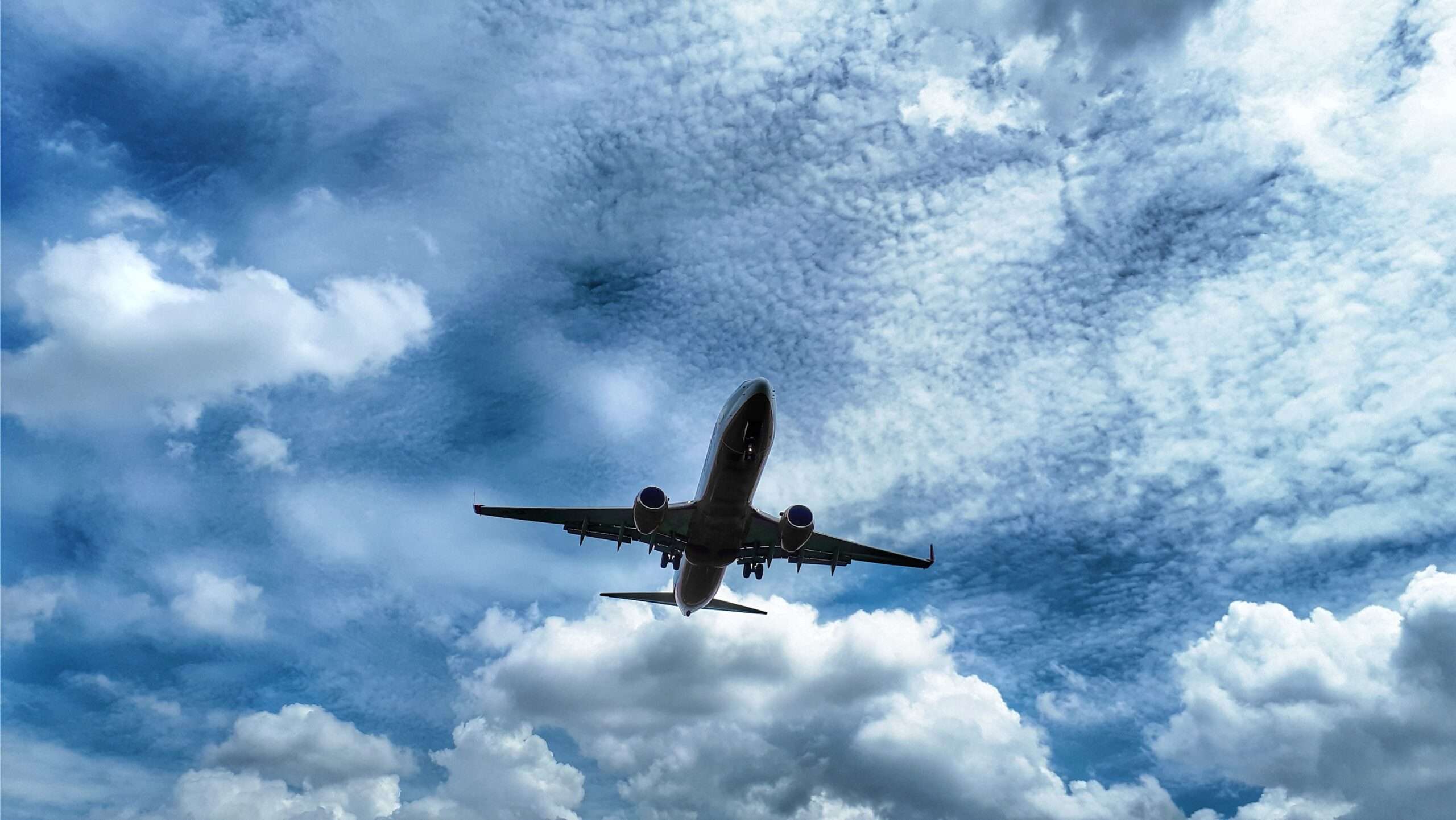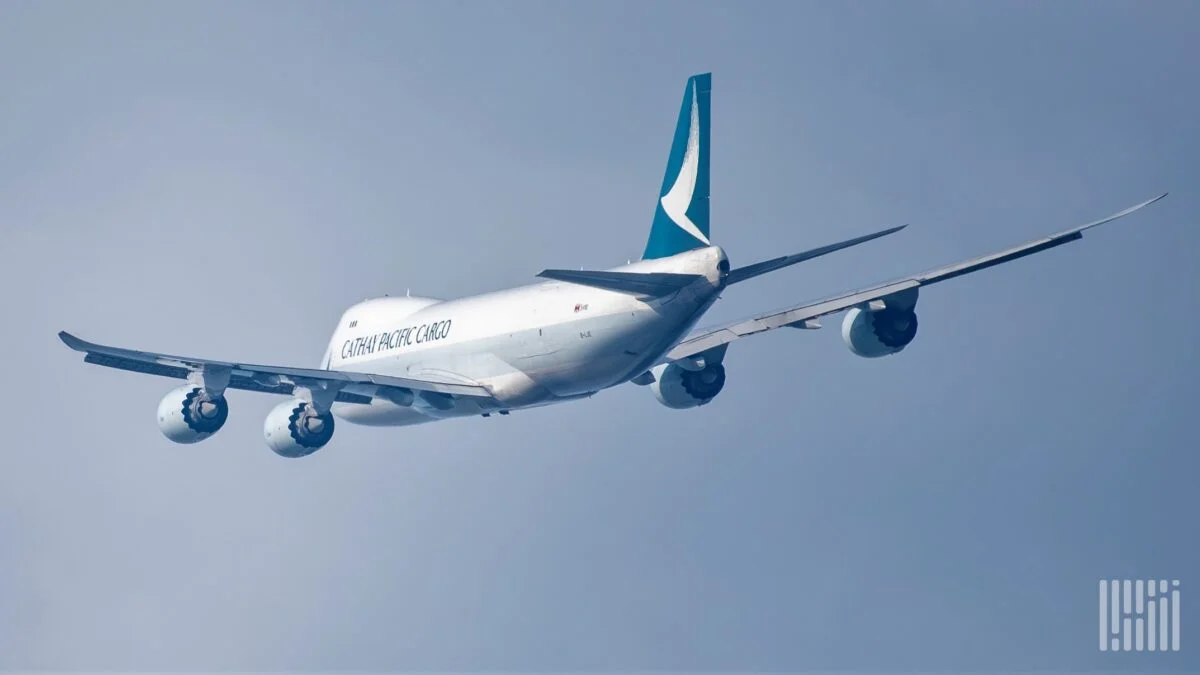-
Year-on-year Demand up 18.7 per cent
-
Demand for air cargo increased by 6.9 per cent in 2021
-
Second biggest improvement in year-on-year demand since IATA started to monitor cargo performance in 1990
The International Air Transport Association (IATA) released data for global air freight markets showing that full-year demand for air cargo increased by 6.9 per cent in 2021, compared to 2019 (pre-covid levels) and 18.7 per cent compared to 2020 following a strong performance in December 2021. This was the second biggest improvement in year-on-year demand since IATA started to monitor cargo performance in 1990 (behind 2010’s 20.6 per cent gain), outpacing the 9.8 per cent rise in global goods trade by 8.9 percentage points.
As comparisons between 2021 and 2020 monthly results are distorted by the extraordinary impact of COVID-19, unless otherwise noted, all comparisons below are to 2019 which followed a normal demand pattern.
-
Global demand in 2021, measured in cargo tonne-kilometers (CTKs*), was up 6.9 per cent compared to 2019 (7.4 per cent for international operations).
-
Capacity in 2021, measured in available cargo tonne-kilometers (ACTKs), was 10.9 per cent below 2019 (12.8 per cent for international operations). Capacity remains constrained with bottlenecks at key hubs.
-
Improvements were demonstrated in December; global demand was 8.9 per cent above 2019 levels (9.4 per cent for international operations). This was a significant improvement from the 3.9 per cent increase in November and the best performance since April 2021 (11.4 per cent). Global capacity was 4.7 per cent below 2019 levels (‑6.5 per cent for international operations).
-
The lack of available capacity contributed to increased yields and revenues, providing support to airlines and some long-haul passenger services in the face of collapsed passenger revenues. In December 2021, rates were almost 150 per cent above 2019 levels .
- Economic conditions continue to support air cargo growth.
- a) Global goods trade rose 7.7 per cent in November (latest month of data), compared to pre-crisis levels. Global industrial production was up 4.0 per cent over the same period.
- b) The inventory-to-sales ratio remains low. This is positive for air cargo as manufacturers turn to air cargo to rapidly meet demand.
- c) The cost-competitiveness of air cargo relative to that of sea-container shipping remains favorable.
- d) The recent surge in COVID-19 cases in many advanced economies has created strong demand for PPE shipments, which are usually carried by air.
- Supply chain issues that slowed the pace of growth in November remain as headwinds:
- a) Labor shortages, partly due to employees being in quarantine, insufficient storage space at some airports and processing backlogs continue to put pressure on supply chains.
- b) The December global Supplier Delivery Time Purchasing Managers Index (PMI) was at 38. While values below 50 are normally favorable for air cargo, in current conditions it points to delivery times lengthening because of supply bottlenecks.
“Air cargo had a stellar year in 2021. For many airlines, it provided a vital source of revenue as passenger demand remained in the doldrums due to COVID-19 travel restrictions. Growth opportunities, however, were lost due to the pressures of labor shortages and constraints across the logistics system. Overall, economic conditions do point towards a strong 2022,” said Willie Walsh, IATA’s Director General.
December saw a relief in supply chain issues that enabled an acceleration of cargo growth. “Some relief on supply chain constraints occurred naturally in December as volumes decreased after peak shipping activity ended in advance of the Christmas holiday. This freed capacity to accommodate front-loading of some Lunar New Year shipments to avoid potential disruptions to flight schedules during the Winter Olympic games. And overall December cargo performance was assisted by additional belly-hold capacity as airlines accommodated an expected year-end boost to travel. As shortages of labor and storage capacity remain, governments must keep a sharp focus on supply chain constraints to protect the economic recovery,” said Walsh.
2021 Regional Performance
Strong variations were evident in the regional performance of air cargo in 2021 compared to 2019. North American carriers were the strongest performers, reporting an annual increase in international demand of 20.2 per cent. Middle East and African carriers also reported double digit growth in international demand in 2021 (10.6 per cent and 11.3 per cent, respectively) compared to 2019. Asia-Pacific and European carriers saw international demand rise 3.6 per cent in 2021 compared to 2019. And Latin American carriers were the only ones to record a contraction in international demand of 15.2 per cent compared to 2019.
Asia-Pacific airlines reported a rise in international demand of 3.6 per cent in 2021 compared to 2019 and a fall in international capacity of 17.1 per cent. In December airlines in the region posted an 8.8 per cent increase in international demand compared to 2019. Demand for goods manufactured in the region remains strong, including PPE. International capacity remained constrained in December down 10 per cent compared to the same month in 2019.
Middle East and African carriers also reported double digit growth in international demand in 2021 (10.6 per cent and 11.3 per cent, respectively) compared to 2019. Asia-Pacific and European carriers saw international demand rise 3.6 per cent in 2021 compared to 2019
North American carriers posted a 20.2 per cent increase in international demand in 2021 compared to 2019 and a growth in international capacity of 0.2 per cent. The region was the only one to record a growth in capacity in 2021 compared to 2019. In December carriers in the region posted an increase of 20.5 per cent in international demand. The region’s carriers continue to benefit from strong consumer demand for goods. International capacity grew 6.2 per cent compared to December 2019.
European carriers reported a 3.6 per cent increase in international demand in 2021 compared to 2019 and a fall in capacity of 17.4 per cent. In December airlines posted an increase in international demand of 6 per cent compared to 2019. International capacity was down 5.9 per cent in December 2021 compared to pre-crisis. European carriers have been significantly affected by supply chain and airport congestion and localized capacity constraints.
Middle Eastern carriers reported an increase in international demand of 10.6 per cent in 2021 compared to 2019 and a fall in international capacity of 10.1 per cent. Growth decelerated towards the year-end, partly driven by a downward trend in volumes on the large Middle East-Asia route. In December airlines in the region recorded a 5.7 per cent increase in international demand compared to December 2019. International capacity decreased by 9.2 per cent in December compared to the same month in 2019.
Latin American carriers reported a decline in international demand of 15.2 per cent in 2021 compared to 2019 and a fall in capacity of 30.2 per cent. Airlines registered in Latin America had a challenging year, as several were engaged in lengthy restructuring processes. That said, the restructuring processes are coming to an end, and December’s performance was the best of the year, with carriers in the region reporting a 2.9 per cent decline in international demand compared to December 2019. This was a significant improvement on the 13.4 per cent decline the previous month. Capacity remained heavily constrained in December, down 26.1 per cent on pre-crisis levels.
African airlines saw international demand grow 11.3 per cent in 2021 compared to 2019 and a fall in international capacity of 14.6 per cent. Growth in the region has been dynamic for most of the year, driven by the strength of the Africa-Asia route. In December, international demand grew by 7.6 per cent year-on-year and international capacity fell 19.4 per cent.
************************************************************************
Readers











